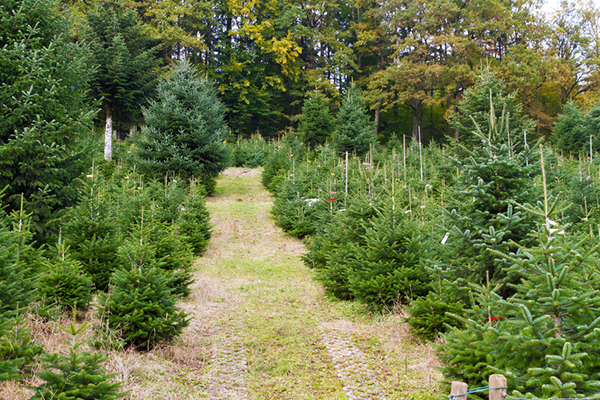Leaves, branches, and fallen logs all contribute food for small stream critters, which in turn become food for reptiles, amphibians, and fish. Large logs also provide places where aquatic invertebrates can hang on to keep from being washed away.
Having experienced two major floods in my life, I know how terrifying they are and how helpless they make you feel. I remember growing up and being wakened by my father, saying that we needed to evacuate my grandmother from her home along the Susquehanna River in Harrisburg, Pennsylvania. Even at that age, I can vividly recall the days of worry as we wondered what we would find when the flood waters receded.
Knowing that dread, I’m not surprised that many landowners will do anything to make their streams less likely to flood. Historically, common approaches focused on getting stream water off the property as quickly as possible. People would straighten stream channels, remove obstructions, and reinforce streambanks with rock.
Unfortunately, those strategies have turned out to make floods worse, not better. Faster water may not back up as much, but it has more energy and therefore more destructive power. That causes more erosion and ultimately more damaging floods.
Not only do these actions worsen floods, they also make your streams less healthy for wildlife. Case in point, consider all those obstructions, like boulders and fallen logs. Yes, they change how water flows, but they almost never form a complete dam. That means they rarely pose a flood risk. What they can do, though, is create excellent food and cover for stream life.

To see what I mean, consider the stream photo above. See how the water flows faster around the boulder? That churning current adds more oxygen to the water, helping fish and other aquatic life breathe.
But that’s not all. Downstream (to the right of the boulder), you can see an area where the current is slower. That’s also caused by the boulder. These slow, deep, sheltered pools are important for animals that can’t handle fast currents, in particular young fish.
Along with boulders, wooden obstructions also benefit streams. Leaves, branches, and fallen logs all contribute food for small stream critters, which in turn become food for reptiles, amphibians, and fish. Large logs also provide places where aquatic invertebrates can hang on to keep from being washed away.

Photo credit: Gary Wilson, USDA NRCS
How much wood should be in your stream? From a wildlife standpoint, there is no upper limit. Some pristine streams have woody pileups that extend for miles. The only limitation is how much aesthetically you’re willing to tolerate.
If your stream doesn’t have obstructions, you can boost aquatic wildlife habitat by adding some. The easiest addition is a log; simply cut a tree along the streambank and let it fall into the water. You can also add boulders or root wads (the mounds of roots that poke up when a tree naturally dies and falls over). Some ATVs feature attachments that will let you drag these objects to the stream, but in other cases you may need larger equipment such as a tractor or dozer.
CAUTION: Before you add obstructions to your stream, do some research on permits. Streams are usually considered public resources, so you’ll typically need a permit to change one. A good place to start is to contact your county’s Soil and Water Conservation District (this online map lets you search for contact information for your district’s office).





